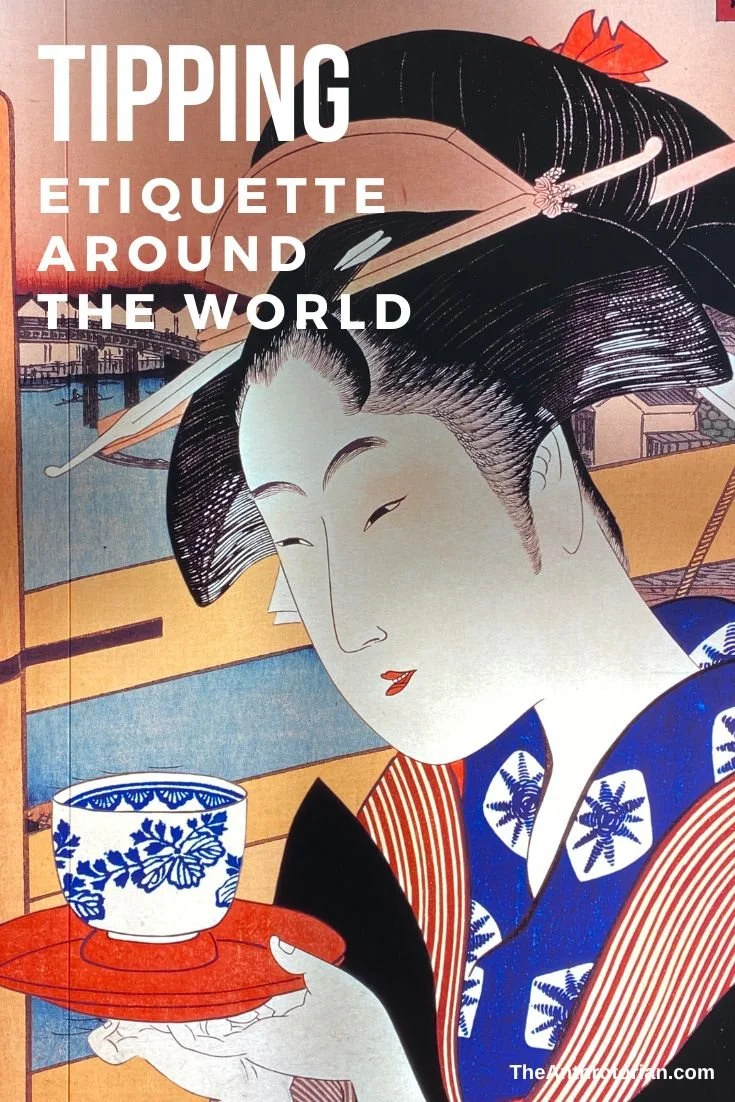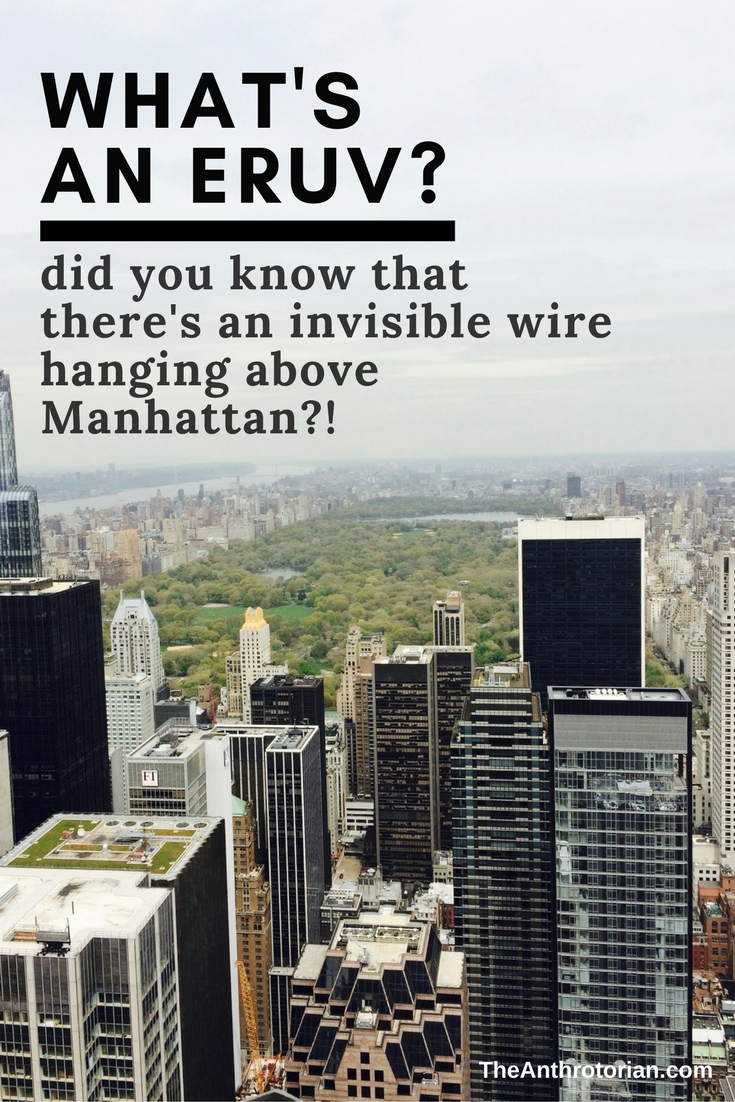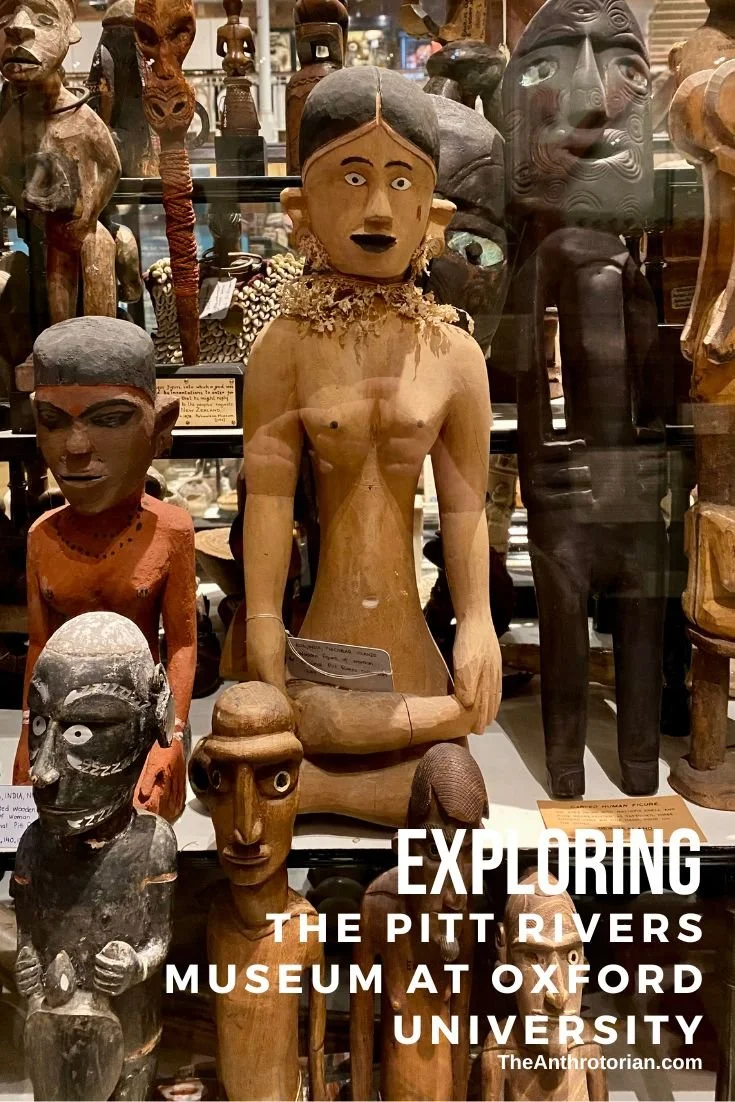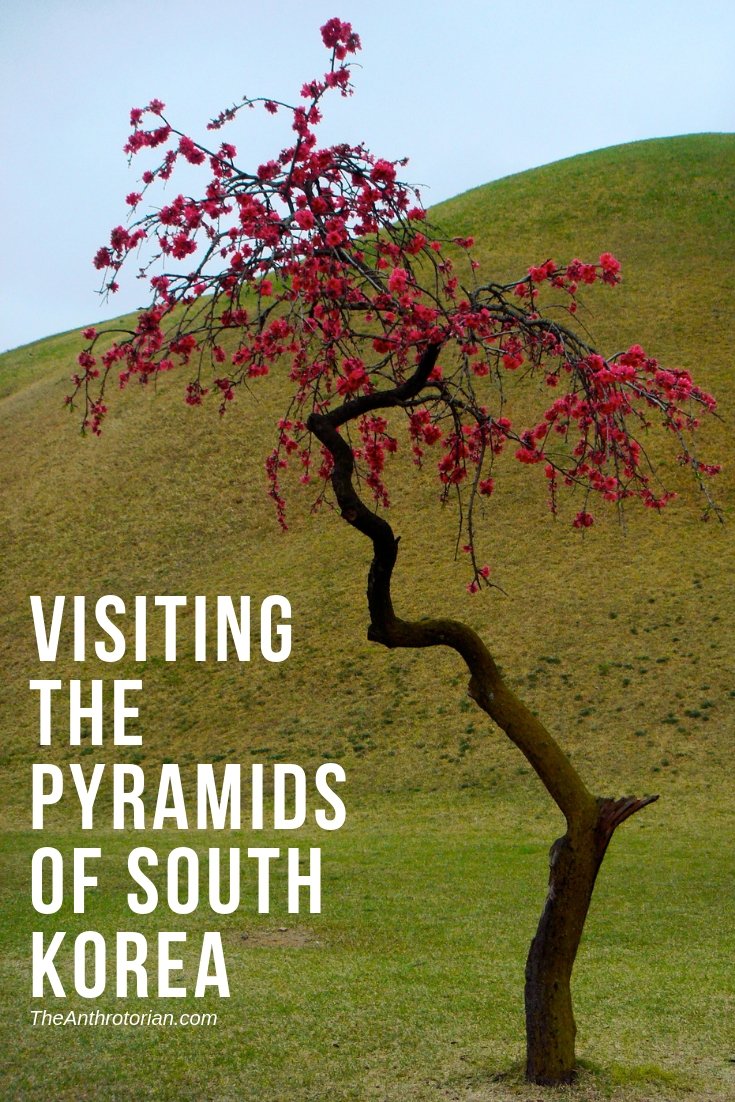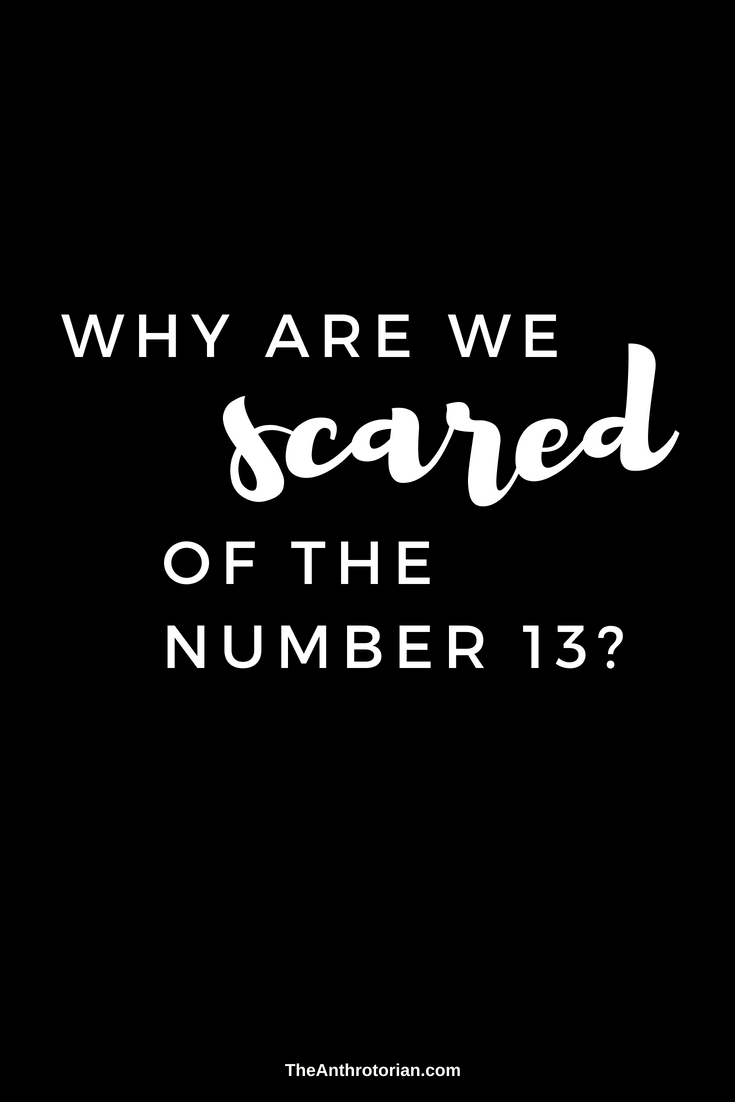Poo-doon-mao oh don gee yo was my (phonetic) address when I lived in South Korea, and one of the first things that I learned to say (once it had been written out for me of course) in Korean. I was told that it meant something like, “the brownish-orange buildings with numbers in the 500s on them.” All I knew for sure was that when I got in a cab and said it to the driver, I would end up in the right spot.
Read MoreHow Buddha's Birthday is Celebrated in South Korea
The air was thick with anticipation.
A hush fell over the crowded streets as the last light slowly disappeared behind the horizon.
Suddenly, without warning, the low, deep boom of a drum echoed in the distance. As the sound grew closer, I could feel its vibrations deep in my stomach and my pulse start to race as I gave in to the crowd’s excitement.
We erupted in cheers, as the drummer rounded the corner and the dark street came alive from the glow of thousands of elaborately painted and intricately sculpted paper lanterns.
I couldn’t stop myself from joining the people beside me yelling into the jubilant air.
Lanterns, prayers, and offerings
In South Korea, Buddha’s Birthday begins with a massive night parade filled with people in traditional, colourful costumes carrying elaborate paper lanterns that light up the streets.
For the week following the parade, these lanterns cover the ceilings and exterior open spaces of Buddhist temples all over the country. Prayers and wishes are written on thin strips of paper that hang from them, swaying back and forth in the spring breeze in rhythm with the chanting monks.
The lanterns create ceilings of pink, orange, yellow, blue, and white so thick that you cannot even see the sky. Under these rainbow coloured ceilings, Koreans in stocking feet line up, waiting patiently for their turn to enter the temples so they can place offerings of food and incense in front of gold Buddha statues.
When is Buddha's birthday?
Followers of Mahayana Buddhism celebrate the birth and enlightenment of Prince Gautama Buddha (b.563BC) from the end of April to the end of May (some celebrations last a day, a week, or the whole month). This ‘original’ Buddha — literally meaning ‘awakened one’ — was the spiritual teacher from the Indian subcontinent on whose teachings Buddhism was founded.
Buddha’s birthday was by far the largest celebration that I witnessed while living in Asia.
Pin Me!
Reads For The Road: Somewhere Inside by Laura Ling & Lisa Ling
“Should anyone from your government read this book, we want you to know that though we have unique but independent perspectives on North Korea, neither of us ever had any malicious intentions when visiting your country. We just firmly believe in the fundamental right of people to be free. ”
In March of 2009, American journalists Laura Ling and Euna Lee were violently apprehended and imprisoned by North Korean soldiers while filming a documentary near the China-North Korea Border.
Over the months that they were held captive in one of the most mysterious and terrifying countries in the world, they endured intense interrogations that led to them being charged with ‘hostile acts’ and sentenced to 12 years in a labor camp.
Somewhere Inside: One Sister’s Captivity in North Korea and the Other’s fight to Bring Her Home by both Lisa (also a prominent journalist) and Laura Ling, is an emotional, raw and honest account that gives insight into the events that unfolded, both in North Korea and America, leading to Laura and Euna’s eventual release. Told in their alternating voices, the sisters paint a fascinating picture of the mysterious, propaganda filled North Korea, the politics that played out in America, and the unique bond that allowed the sisters to send messages and comfort each other throughout the ordeal.
Back in America, the Ling family witnessed humanity at its best, receiving an outpouring of love and support from around the world, while they waited to hear news about Laura.
More surprisingly, however, is Laura’s account of the kindness, connections and humanity that she encountered in the very people who hated her country and were holding her captive.
“Laura’s stories were a testament to what happens when people are able to interact with others on a human-to-human level. When one is given the opportunity to look another person in the eye, irrespective of preconceived ideas about each other, things can often change, perspectives can widen.”
NOTE: The quotes were taken from the hardcover version of Somewhere Inside by Laura Ling and Lisa Ling
Related Posts
Why Learning (and teaching) English As a Second Language Isn't As Easy As You Think
Everything You Want To Know About Teaching English As a Second Language
When The Gobi Desert Ruins Your Shirt: Clothing Mishaps In South Korea
Must-Visit Destination: Exploring Jeju Island In South Korea
The Jjimjilbang Experience: Getting Naked With The Locals In South Korea
The History of Making and Eating Kimchi in South Korea
It was fall in South Korea, which meant kimchi-making time, and for a full week, I walked by a group of focused women, perched on small red stools in the middle of the sidewalk, pulling apart and washing hundreds of bright green heads of cabbage.
They wore long powder blue plastic gloves and were surrounded by large, chocolate brown, glazed clay pots that would hold the finished kimchi until it fermented and was ready to eat.
The concrete sidewalk under them was soaked with water running from a nearby hose and they wore plastic slippers and rolled up pant legs to keep from getting wet.
Their bodies were covered in shapeless rubber aprons and their hair was pulled back and tucked under handkerchiefs. Serious and focused, they worked non-stop, oblivious to the world around them.
If Norman Rockwell had done a South Korean version of ‘fall’, I am sure that they would be it.
If I asked any of the people that I met in South Korea what their favorite breakfast food was, they would answer, “Kimchi!”. The same question regarding lunch and dinner would garner the same response.
What is Kimchi?
South Koreans learned a long time ago that vegetables were easier to grow, and less of a strain on dwindling resources, than filling their land with domesticated animals. Until recently, the majority of South Koreans ate like vegetarians, getting all of their nutrition from the way they prepared their vegetables, tofu, rice and soup.
Kimchi has few calories and low levels of sugar but is extremely high in fiber, vitamins A & C, calcium and iron. The fermentation process also creates high levels of lactic acid bacteria and acetic acid that protect the body against getting cancer, and other germs, and because it is so nutritious, storable, and long-lasting, it became a staple in the country and the basis of the majority of traditional dishes.
The kimchi that is served with almost every meal, and the kind that the women in the street were making, is tonbaechu kimchi, made from Chinese cabbage that is aged and fermented in spicy, red peppers, anywhere from a few hours to years. Though the most common, according to the Korean Food Academy, it is only one of hundreds of different kinds of kimchi, as any vegetable can be preserved using the same process.
I pity the foreigner who can’t stomach it because if you don’t like kimchi, you don’t like Korean food. It is a part of almost 90% of traditional dishes.
Pin Me!
Related Posts
Why Learning (and teaching) English As a Second Language Isn't As Easy As You Think
Everything You Want To Know About Teaching English As a Second Language
When The Gobi Desert Ruins Your Shirt: Clothing Mishaps In South Korea
Must-Visit Destination: Exploring Jeju Island In South Korea
The Jjimjilbang Experience: Getting Naked With The Locals In South Korea
Why are we scared of the number 13?
For those of us that reside in the western world, fear or superstition of the number 13 is pretty common.
In fact, this fear even has a name: Triskaidekaphobia.
The number holds so much power that it is often omitted from hotel rooms, the floors of tall buildings and some people won’t even get out of bed on Friday the 13th.
There is no one reason to explain where this superstition comes from, but the many that I have come across pose very intriguing ideas rooted in historical or religious beliefs.
Why are people afraid of the number 13?
There were 13 people at the Last Supper where Jesus revealed that one of his disciples would betray him.
On Friday, October 13, 1307, King Philip IV of France ordered the Knight’s Templar arrested and killed.
13 is a lucky number in Judaism, and so, some say that a fear of the number comes from anti-semitism.
There is also evidence that a fear of thirteen comes from a fear of women, witchcraft, and disorder.
13 was once a number used to represent femininity because it corresponds to the number of lunar menstrual cycles in a year (13x28 days=364).
Witches gathered in covens of 12 with the devil joining them as the 13th member.
Other reasons seem a little more random.
There are 13 turns in a hangman’s noose and 13 steps up to the gallows.
12 is universally considered a perfect and harmonious number and 13 represents a step too far and throws this harmony into discord.
Did you know that the number 4 is unlucky too?
When living in South Korea, on the 13th floor, I noticed that though 13 was never omitted from buildings and hotel room doors, the number 4 was.
I discovered that the explanation for this superstition is a lot more cut and dry than the western superstition around 13. Apparently, countries in Asia and South East Asia familiar with Cantonese, avoid the number 4 because it is nearly identical in pronunciation to the word ‘death’.
Many product lines developed in Asia, like Nokia, omit the 4th series, jumping right to the fifth while hotels and high rises will often omit any floor with the number 4 in it (ie: 4, 14, 24… etc.)
Related Posts
The Swastika Was a Symbol of Peace Before it Became Associated With Evil
Even though it was located in the middle of a huge city, behind the stone walls that surrounded the ancient Buddhist complex, all was quiet.
After walking under a red pillared passageway, grey, weathered stone steps led me up to the main temple.
A 3-tiered grey stone pagoda sat in the middle of the dusty square in front of the temple, white pillar candles, and incense burning on a raised platform in front of it. Whoever had lit the flames was nowhere to be seen.
The temple itself, the center of all religious activity, was brown with elaborately painted vines and flowers covering the doors and window frames.
Not wanting to interrupt any ceremonies being performed inside, I sat on its steps carved with stone dragons, listening to the slow, strong chanting coming through the cracks in the huge wooden lattice doors.
It was a beautiful building — the sides were painted with intricate murals showing parts of the Buddha’s life and carved stone lotus flowers embellished the eaves and pillars. Abandoning my spot on the stairs for a closer look at the murals, I was shocked to see a huge swastika, painted in yellow, on the side of the temple.
My shock continued to grow as I walked throughout the rest of the complex and noticed swastikas on other buildings, and on statues of the Buddha as well.
The swastika as a religious symbol
It wasn’t until I got home and had the Internet at my fingertips that I learned that the swastika had been a symbol of Buddhism for thousands of years before the Nazi party of Germany adopted it as their own.
Representing good luck and well-being, the symbol is most commonly used in India but is also found in both the ancient and modern art of Egyptians, Greeks, Romans, Celts, Native Americans, Persians, Hindus, Jains, and Buddhists.
In Buddhism, it also represents auspiciousness, the Buddha’s footprints, and the Buddha’s heart. Often used to mark the beginning of Buddhist texts, it is usually only found on buildings in South Korea.
The corruption of the symbol
In the twentieth century, the swastika was corrupted by the Nazi party (much like the Ku Klux Klan did to the Christian Cross, but with a lesser impact).
Despite the fact that the Nazi version of the symbol is drawn at an angle, with the crisscrossing lines running diagonally while the Buddhist version lies flat, most people in the Western World now look at any version of it as a symbol of evil and see nothing more.
Ironic, considering its original representation of peace, life, and joy.
Related Posts
Did You Know That Only Metal Chopsticks Are Used in South Korea?
Imagine being in a foreign country and ordering what you think, from the photo in the menu, is chicken in marinara sauce, only to have a plate of cold, raw octopus tentacles in spicy fish sauce set in front of you.
Because you can’t speak the language, and all eyes are already on you because you are the only foreigner in the room, you have no choice but to attempt a few bites of your exotic dish.
Reaching for your utensils, you register that the chopsticks that you are about to use don’t have the familiar round, wooden feel — like the ones that come with Chinese take-out at home — but are flat, cold, made of metal and seem to slip with every attempt to pick up your food.
Crap.
Why are chopsticks metal in Korea?
Out of all the Asian countries, only South Korea uses metal rather than wood, bamboo, or plastic as the material for their chopsticks.
This practice started centuries ago in the time of the Joseon Dynasty when one of the Joseon kings, paranoid about an attempt being made on his life, started using chopsticks made of solid silver thinking that the silver would tarnish if there was any poison in his food. His higher officials followed suit and over time, the use of metal filtered down to the rest of the population.
Though difficult to use for those of us familiar with the cheap, wooden take-out version, these stainless steel utensils are not only easier to clean than their wooden counterparts but are reusable and so better for the environment.
They do take a while to get the hang of, however.
My first attempt, involving red saucy tentacles, resulted in a large red stain in the middle of my lap that matched the color of my (embarrassed) face.














